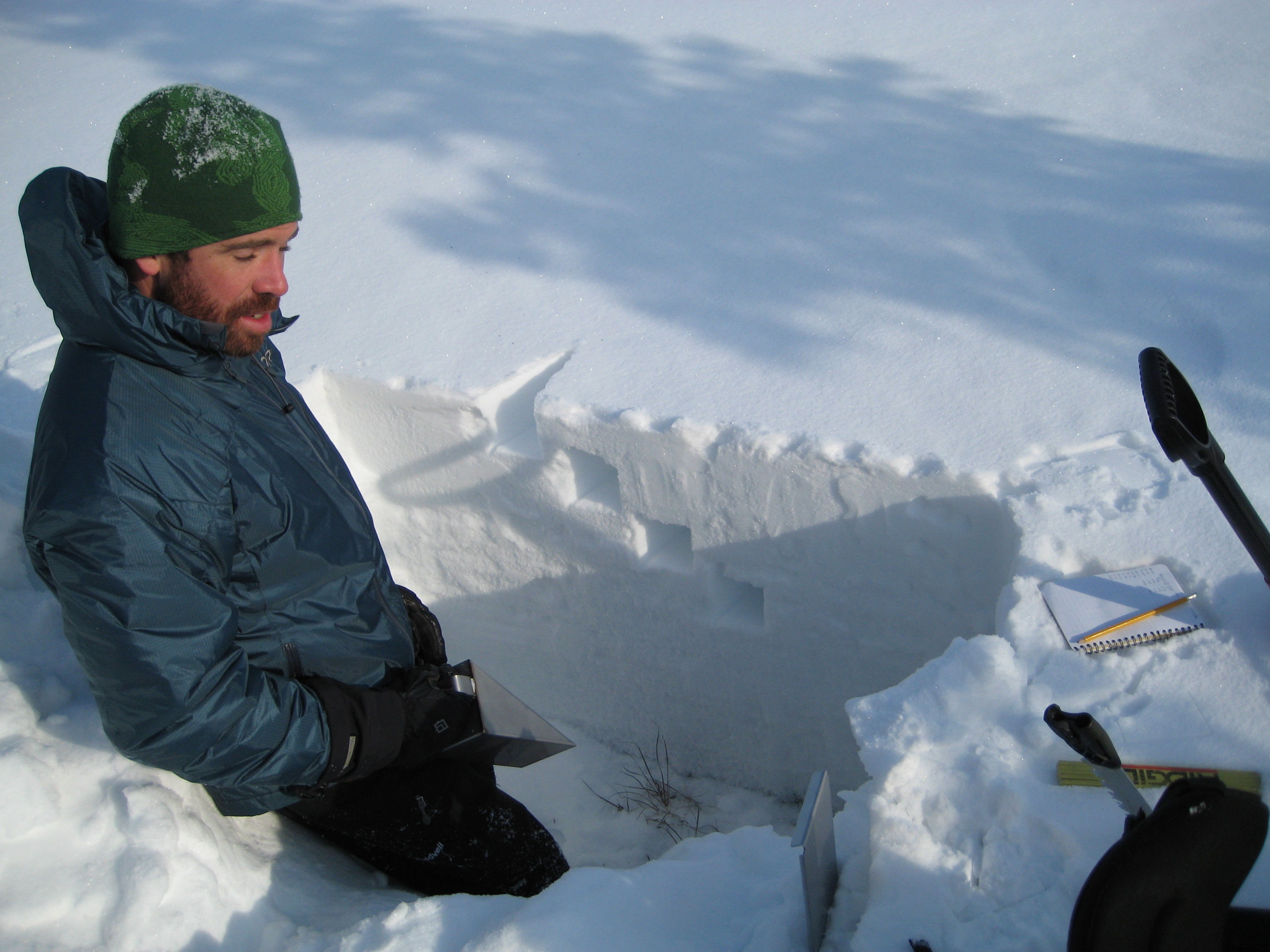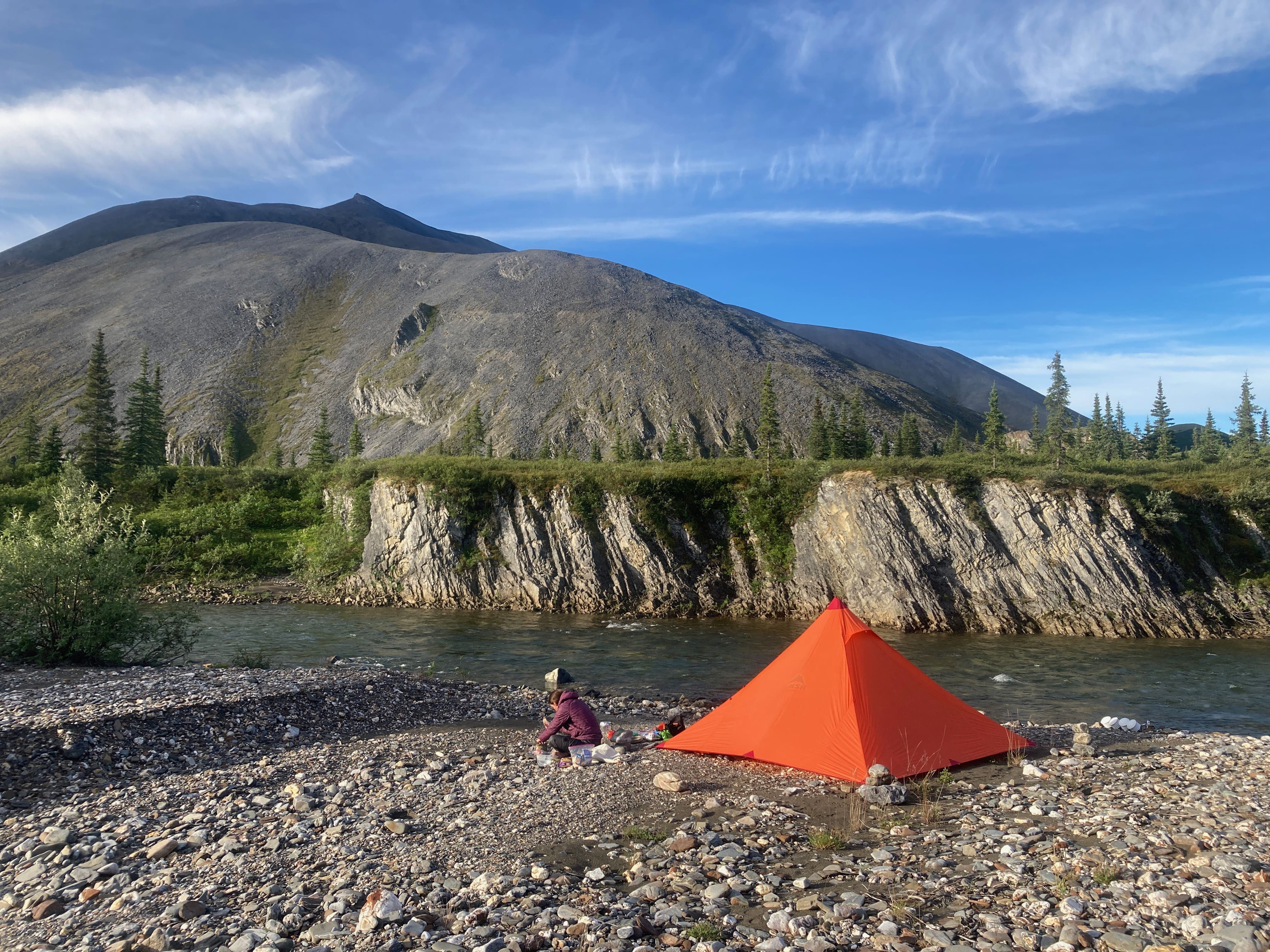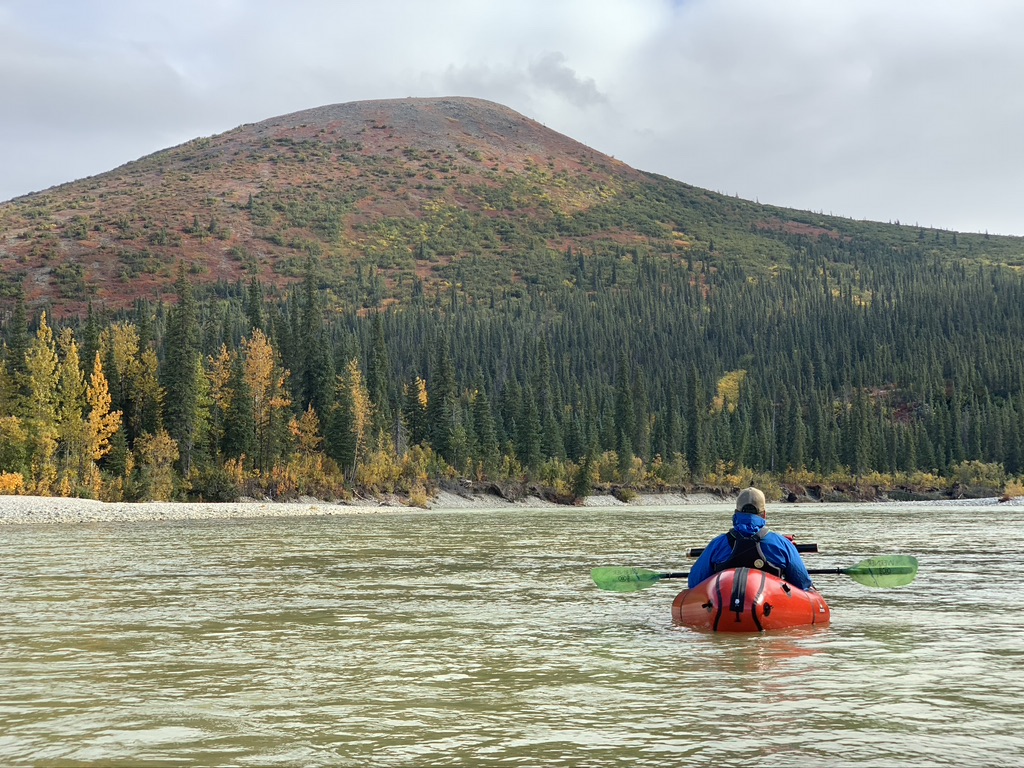Employee Spotlight: Paddy Sullivan

Dr. Paddy Sullivan, Director of the Environment and Natural Resource Institute (ENRI) came to the University of Alaska Anchorage in 2005 as a Postdoctoral Fellow. Dr. Sullivan graduated from Colby College, where he became interested in the world of alpine ecosystems. After graduating with his Bachelor of Science in Biology, Dr. Sullivan pursued a graduate program at Colorado State University focused on studying the physiology and growth of arctic plants under different experimental climate change scenarios. When finishing his PhD, Dr. Sullivan applied for a post-doctoral fellowship to research changes in the treeline of the Brooks Range of northern Alaska. Dr. Sullivan chose UAA as his host institution, and he has been a research scientist with ENRI ever since, eventually becoming the Interim Director of ERNI in 2016 and permenant director in 2022. Recently, Dr. Sullivan and some of his collegues had an article, "Sufficient conditions for rapid range expansion of a boreal conifer," published in the peer reviewed journal Nature.
The Environment and Natural Resources Institute (ENRI) is an interdisciplinary group of core staff and faculty affiliates with the shared goal of improving understanding of environmental and natural resource issues in cold regions. ENRI relies heavily upon external funding through competitive grants and cooperative agreements. Important funding agencies include the National Science Foundation, the USDA Forest Service and the Alaska Department of Fish and Game.
Paddy Sullivan sat down with us to discuss the Environment and Natural Resource Institute (ENRI), ENRI’s research, and his experience working with student researchers over the years.
Can you share a little more information about ENRI, and what its main goals are?
“ENRI is a predominantly soft-funded institute within the College of Arts and Sciences, and it is sustained by extramural funding in the range of $250-500k per year. Our team members submit proposals to funding agencies like the National Science Foundation or develop collaborations with agencies like the Forest Service. We then receive funding from one of those entities to pursue research into the functioning of and the changes occuring in ecosystems within Alaska. We always try to stay abreast of the most important changes that are occurring in Alaska ecosystems. For instance, we investigate things like shrub expansion from the boreal forest up into arctic tundra. This is something that has been happening for the last several decades but we are still trying to figure out what the cause is and the consequences of that change. Our main goal is to try and help improve our understanding of recent changes in ecosystems of Alaska.”
ENRI has a set of permanent researchers; however, are there research opportunities for students, of all levels? Are those opportunities limited or are there quite a few?
“There are so many opportunities for students! We support graduate students on our research grants, and we often hire undergraduate students to help out with field work. The field work we do for our research is often pretty adventurous. For instance, we recently hiked 30-miles followed by a pack-rafting down a remote stream in the Brooks Range. We spent the trip collecting water samples and studying vegetation change. When we got back to the lab, we then had to process and analyze our samples. In addition to opportunities to participate in field work, we have students help us in the labs, processing the samples. There are exciting opportunities for people to work with us both in the field and in the lab.”

How do you find these student researchers? Is there considerable turnaround in the student research assistants?
“Our recruitment of students is heavily dependent on word of mouth. For instance, if we hire a student for one year and it is a really successful partnership, we always try to recruit them back for next year. We also ask if they have friends or classmates who might be interested in this type of research experience. It is really common that we will hire somebody to work as a seasonal technician; then they decide that they are interested in what we are doing beyond that temporary position. We often have former research assistants begin graduate school with us or come back following a graduate program, either as a post-doctoral fellow or working with one of our agency partners. We end up with these long-term relationships with people who started out as undergraduate field or lab assistants and now are our collaborators and colleagues.”

Do you have a lot of students who come in with absolutely no research experience or have they taken research specific classes and then get interested in it?
“Most of the time, especially with the lab team, the students will have little or no experience. We train them in lab techniques. For instance, we recently trained a group to mount, sand, scan, and measure tree cores. With our field work teams, we always aim to find people who have backcountry experience, because that is harder to teach people on the job. It is best if they have past experience, because we start our field work in incredibly remote areas that might be intimidating to those without past experience. Our field teams are usually two or three people in a group.”
In your own words, what are the benefits of all the research ENRI conducts?
“I think that there are many benefits. One benefit is the teaching and training opportunities that we provide for students. Another important benefit is that we are increasing our collective understanding of how Alaskan ecosystems function. We are also keeping a close eye on the changes that are occurring, so we are informed about changes that may require some level of adaptation for communities in the North.”
Thank you for all you do Paddy, keep up the good work!
To support UAA faculty or the amazing undergraduate research they make possible, please give generously.









